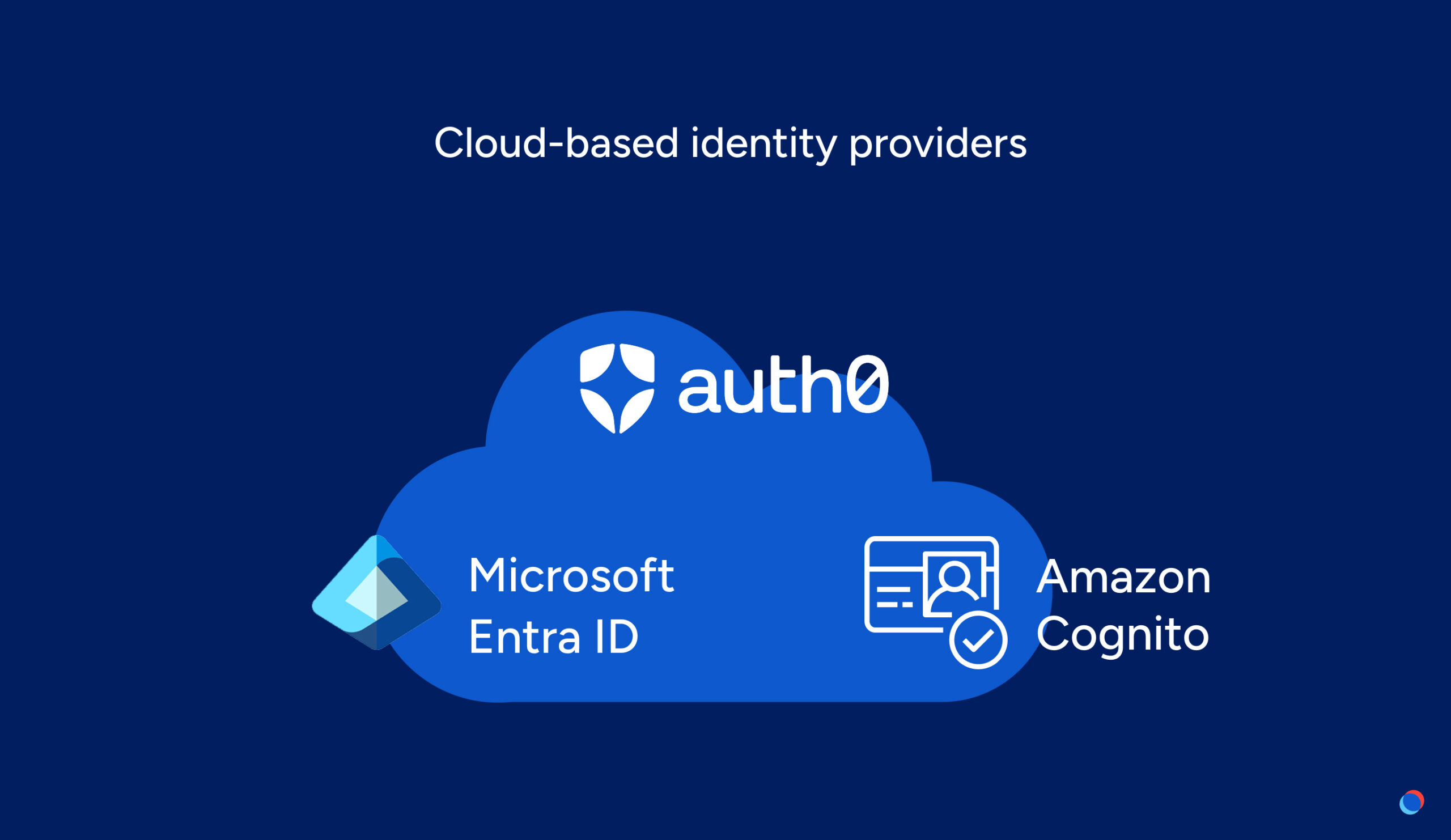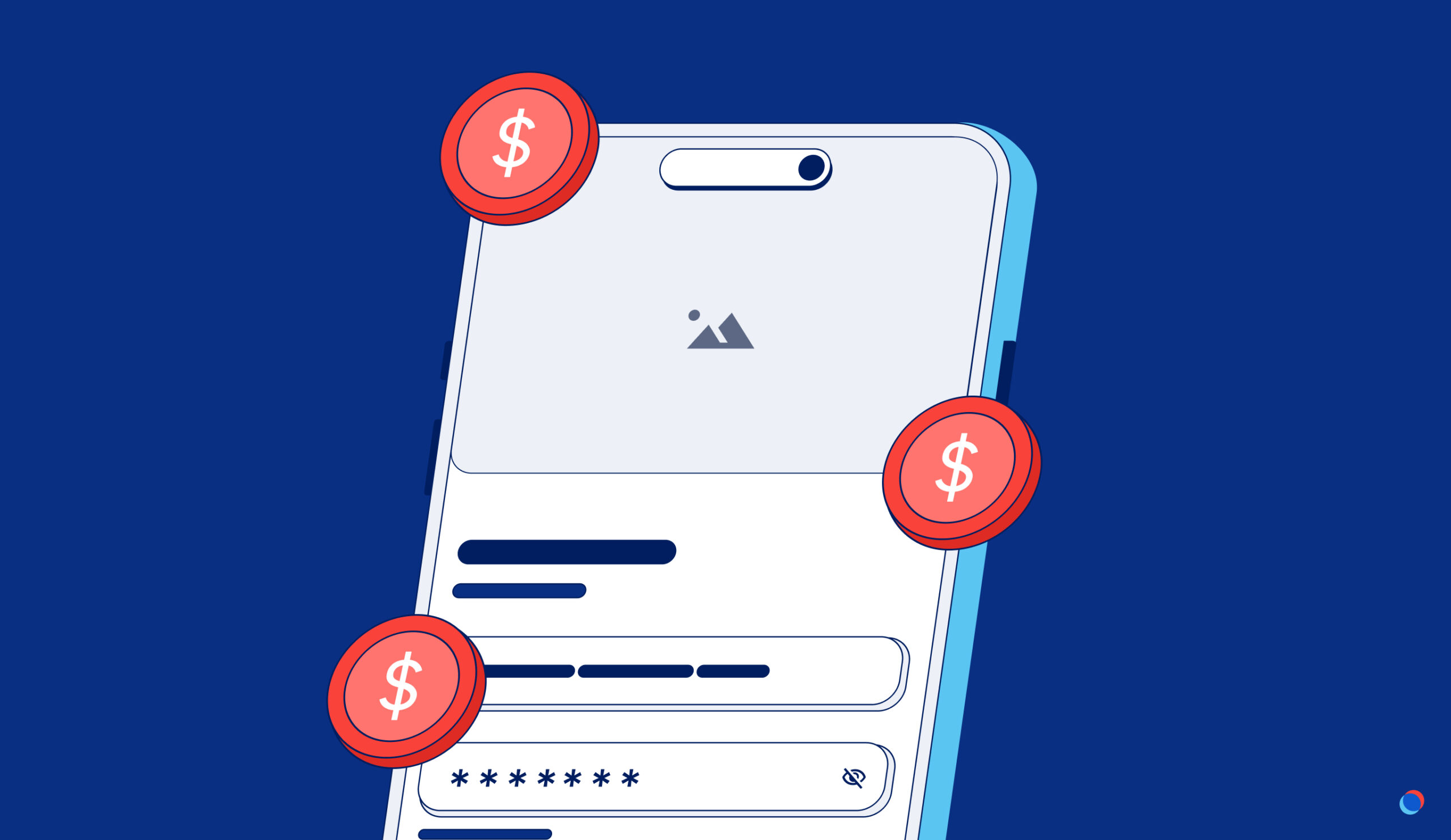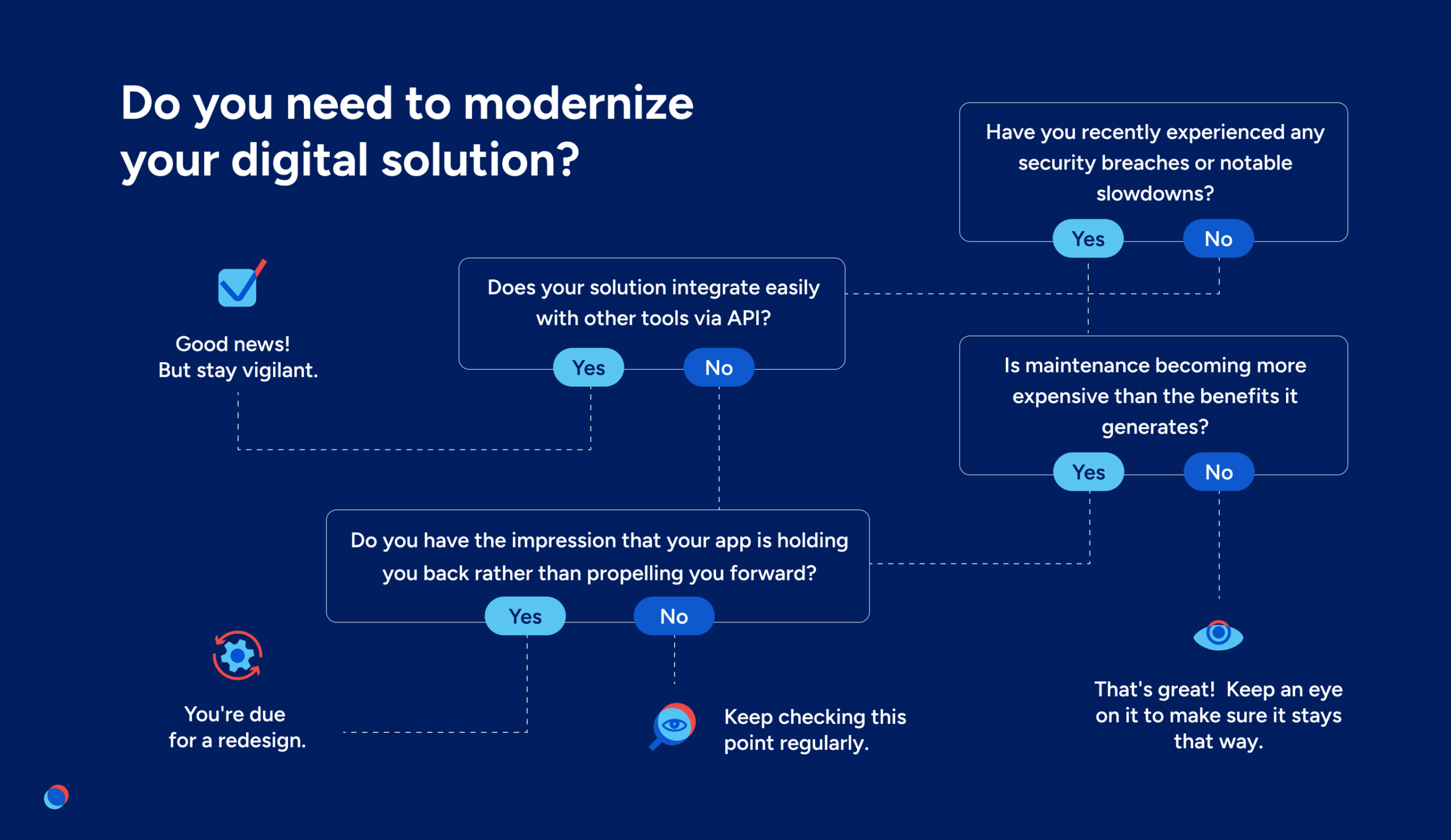When investing in a digital solution, the goal is for it to remain efficient for several years. But just because it still works doesn’t mean it’s still suited to today’s market demands. From growing tech debt to rising maintenance costs and lagging development speed, multiple indicators can point to the need for application modernization.
A Technology That No Longer Evolves (or Evolves Poorly)
Even though we’re encouraged to keep our smartphones as long as possible for environmental reasons, eventually the device itself forces our hand. It can no longer update, becomes slow, unstable, and doesn’t meet our needs. You don’t want to reach that point with a business application, which is why it’s important to recognize the early signs of necessary modernization.
One of the first signs that modernization is needed is the aging of your application’s technology. If it relies on an outdated tech stack that’s difficult to maintain or no longer supported by the developer community, you’re exposing yourself to security vulnerabilities, performance issues, and stalled evolution capabilities.
This often goes hand in hand with growing technical debt. Accumulated over time through quick fixes, added features without proper redesign, or development shortcuts, this debt can slow down innovation. It also increases the risk of errors, making future upgrades costly and risky.
The system’s very structure should also be taken into account: legacy systems built on rigid, tightly coupled architectures often make it hard to integrate modern services like REST APIs, AI models, or cloud infrastructure. This makes evolution more complex and less cost-effective.
When Maintenance Costs Outweigh Their Value
A custom-built solution can provide a clear competitive edge. As long as maintenance costs remain reasonable compared to its benefits, it retains its value. But you need to stay alert to the tipping point when upkeep becomes too costly, erodes agility, or stalls innovation. At that point, a rebuild is not only justified but often profitable.
See also: The Complete Guide to Technical Debt: Understanding It to Better Control It
Another common red flag is a lack of flexibility or scalability. If your application can no longer keep pace with your business, whether that’s launching new services, meeting customer demands, or supporting user growth, then it’s no longer doing its job. A sluggish business app slows down your projects, hinders internal teams, and can even block your strategic goals.

More and more organizations are migrating to cloud-first ecosystems. We’re also seeing growing adoption of managed identity providers like Auth0, Microsoft Entra ID, or AWS Cognito. These solutions offload the burden of user authentication implementation, maintenance, and security, while enabling better integration with modern systems.
“Even if your solution is still functional, it can become a risk if it no longer meets security, compliance, or regulatory standards. In industries like healthcare, finance, or government services, these issues are critical.”
— Francis Venne, Information Security Lead
An Architecture That Can’t Keep Up
If you invested in a custom solution, it was likely to support your digital transformation with carefully selected tools and processes. For it to keep fulfilling that role, its architecture must be both maintainable and scalable. It should integrate smoothly with your current technology environment and support the tools you may implement in the future.
Whether it’s a new CRM, ERP, SaaS platform, BI tool, or communications system, your technologies need to work together to maximize the value of your data.
An architecture that doesn’t support easy integration of new tools or makes it difficult to add API connectors quickly becomes a roadblock to innovation. These obstacles aren’t always visible short term, but they erode your competitiveness over time.

“You can even reach a point where the application that once gave you a competitive edge becomes a burden. That can show up as an outdated user experience, blocking functional limitations, or simply the inability to integrate modern technologies,” says Charles-Olivier Levasseur, Director of Customer Experience at nventive.
When competitors offer smoother, faster, more connected experiences, it’s time to question your own solution.
Why Not Just Replace It?
Faced with all these factors, it might seem easier to replace your custom application entirely with an off-the-shelf product. But modernization is often a more strategic, smarter move, especially when your app supports a unique business process or plays a central role in your tech ecosystem.
Industries with complex operations, such as logistics or manufacturing, often rely on very specific processes that generic solutions don’t fully support. Regulated sectors like finance, healthcare, or aerospace also have strict requirements that few commercial solutions can completely meet.
If off-the-shelf software demands too many compromises, if your team already built an API-first architecture, or if a complete migration would be too long or expensive, modernizing what you have may be the better path. Those compromises can lead to greater loss of value or user dissatisfaction than the savings a “turnkey” app might offer.
How to Make the Right Decision
Before launching your modernization project, take time to weigh the following:
- Evaluate your application’s strategic role: is it core to your differentiation?
- Assess its real scalability: can it still meet your evolving business needs?
- Analyze the risks of maintaining the status quo vs. full migration: downtime, data loss, impact on teams, or reliance on key individuals.

Application modernization is, above all, about adapting your tech to support your business’s evolution. It’s not a question of scrapping everything or starting from scratch. It’s a strategic approach to preserve what works, transform what doesn’t, and anticipate future needs.
Ultimately, application modernization gives your digital assets a second life, making them more agile, robust, and better aligned with your business goals.
We offer digital solution audits to help you make an informed diagnosis. Contact us to learn more.






